Procrastination is something many of us face, especially when tasks seem overwhelming. Structured paper planning can be an effective tool to overcome this challenge. By setting clear goals and breaking them down into manageable steps, you create a roadmap to success. Using paper planners helps you stay focused, organized, and accountable.
The physical act of writing things down helps reinforce your commitment. It serves as a reminder of what needs to be done, which can be far more effective than relying on digital tools. When you organize tasks on paper, it’s easier to prioritize and avoid distractions. A well-structured planner keeps you on track and encourages productivity.
Why Paper Planning Works
Benefits of Using a Paper Planner for Overcoming Procrastination
One of the main reasons paper planning is effective is that it allows you to visualize your day or week. With a clear view of what needs to be done, you can tackle tasks with confidence. The act of physically crossing off completed tasks gives a sense of accomplishment, motivating you to continue. Paper planning also encourages a more mindful approach to organizing your day, which digital tools can often lack.
Another benefit is the ability to make adjustments easily. Whether it’s shifting tasks around or adding new ones, your planner becomes a flexible tool that adapts to your changing needs. You’re not tied to an app with set reminders; instead, you are in control, and this autonomy can help reduce procrastination.
Creating Your Own Structured Paper Planning System
Building a Planner Routine to Overcome Procrastination
Creating a personalized planning system is key to overcoming procrastination. Start by deciding on the type of planner that suits your needs-whether it’s a simple daily schedule, a weekly planner, or a more detailed goal-setting insert. Customize it to fit your lifestyle, whether you work from home, attend school, or manage a busy household.
Once you have your planner, set specific times each day to review and plan your tasks. Make it a habit to write down your goals and break them into smaller, actionable steps. By having a daily planning routine, you can avoid the overwhelm of leaving tasks unchecked and out of sight. You’ll be more motivated to follow through because you’ll always know exactly what’s next.
Final Thoughts
Staying on Track with Paper Planning
Overcoming procrastination doesn’t have to be difficult. With structured paper planning, you can turn your tasks into manageable steps and stay on track. The power of physical planners lies in their ability to provide structure and accountability. Whether it’s a planner insert or a full planner system, the key is consistency and simplicity.

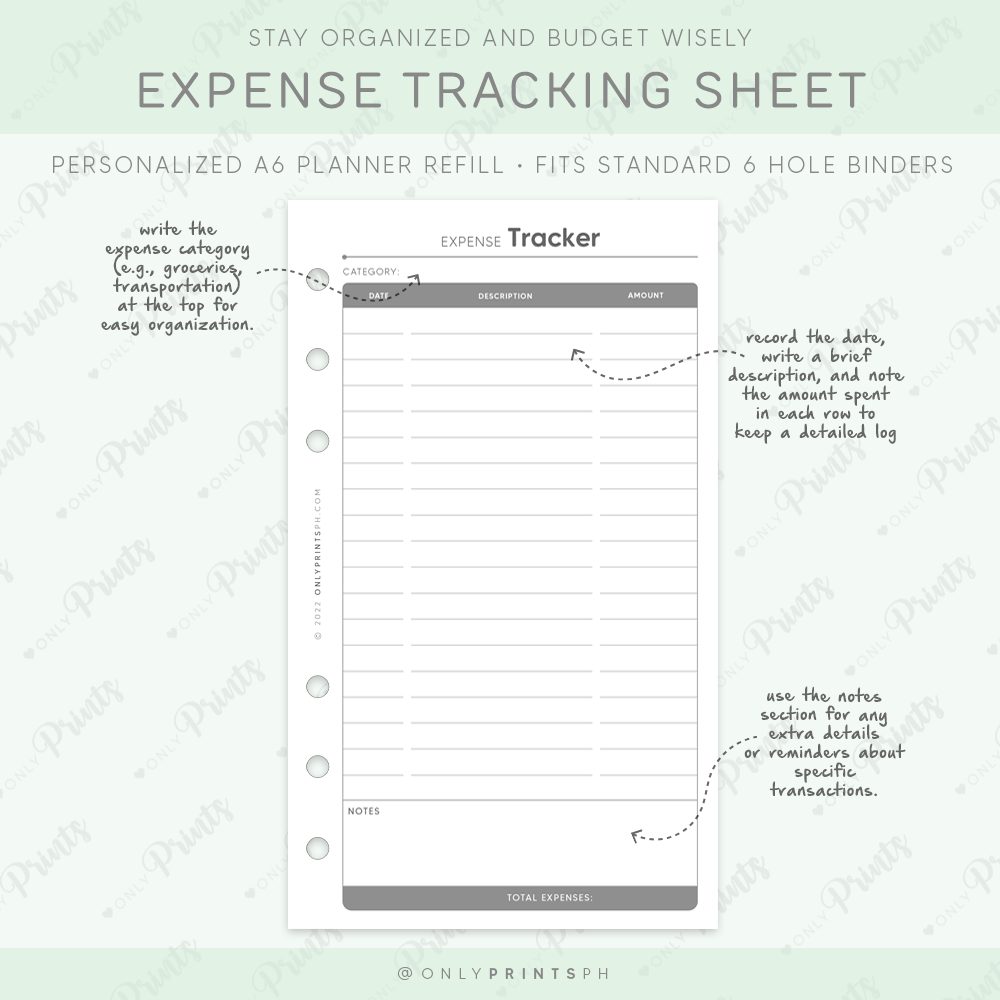

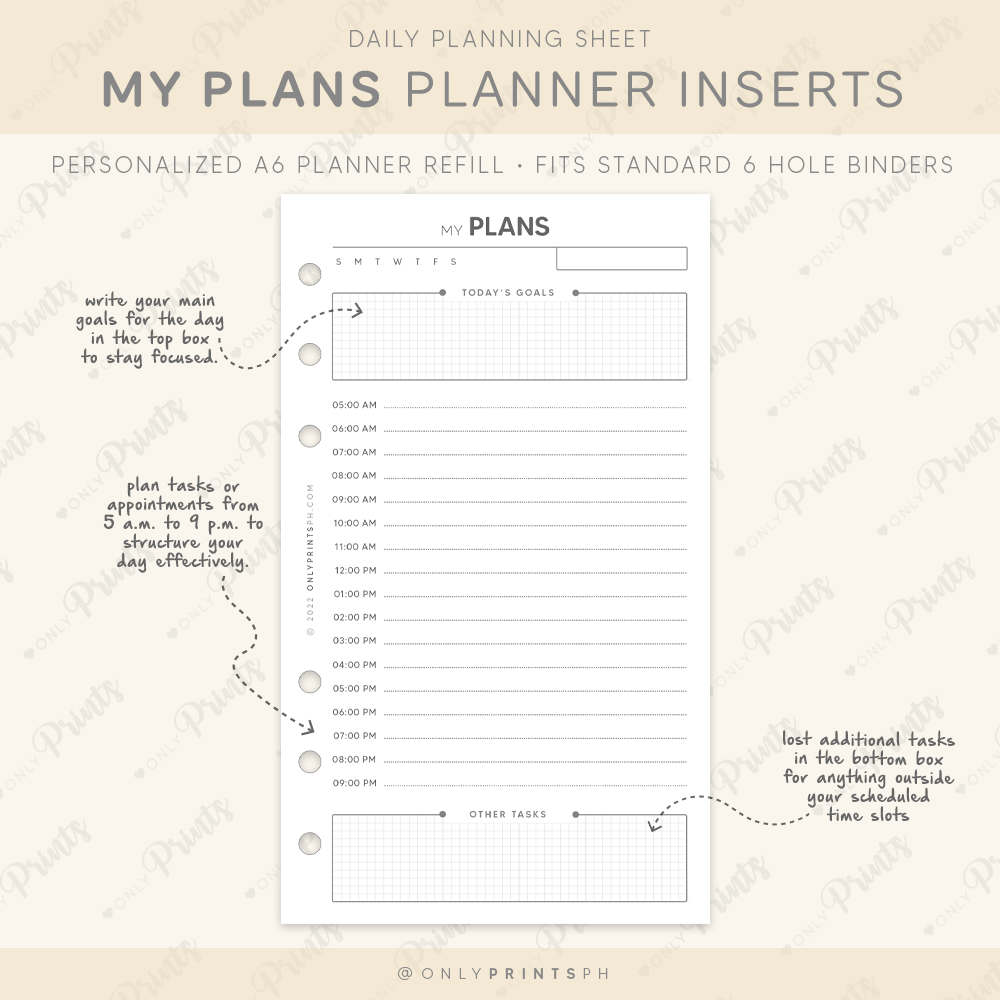
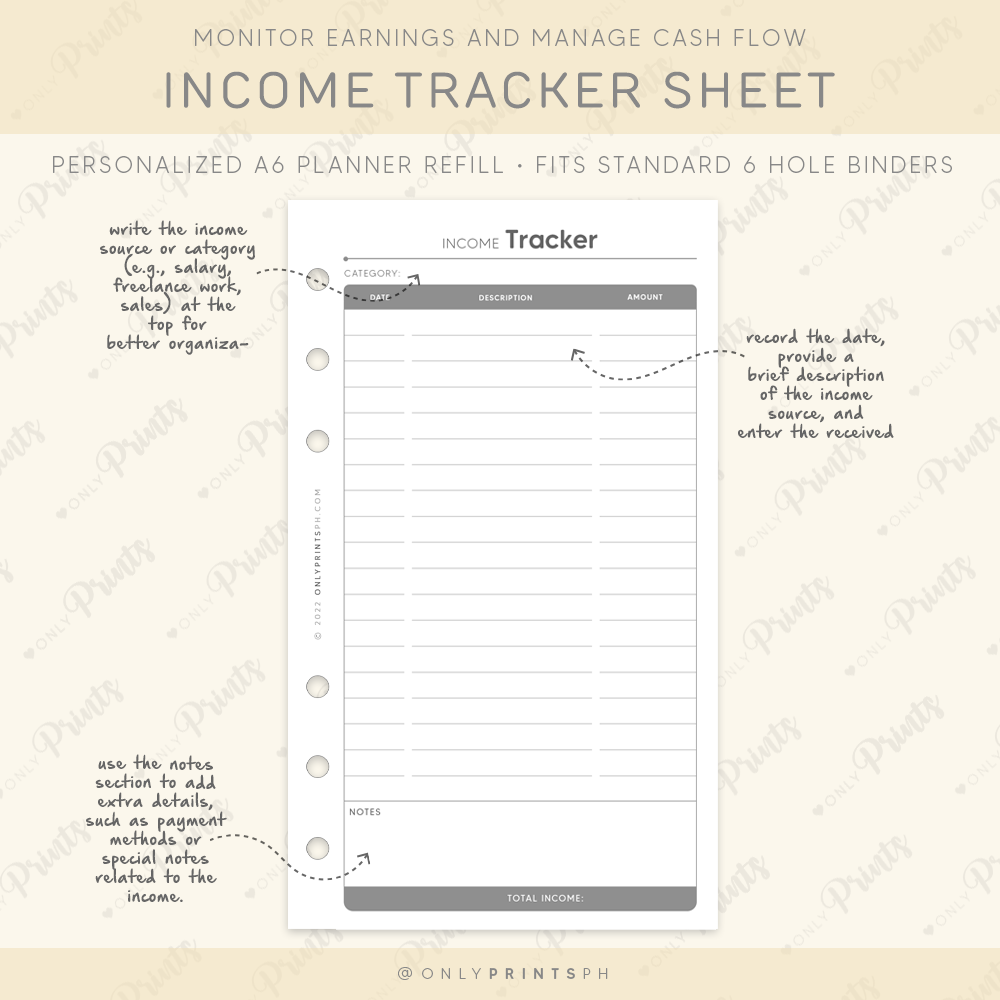
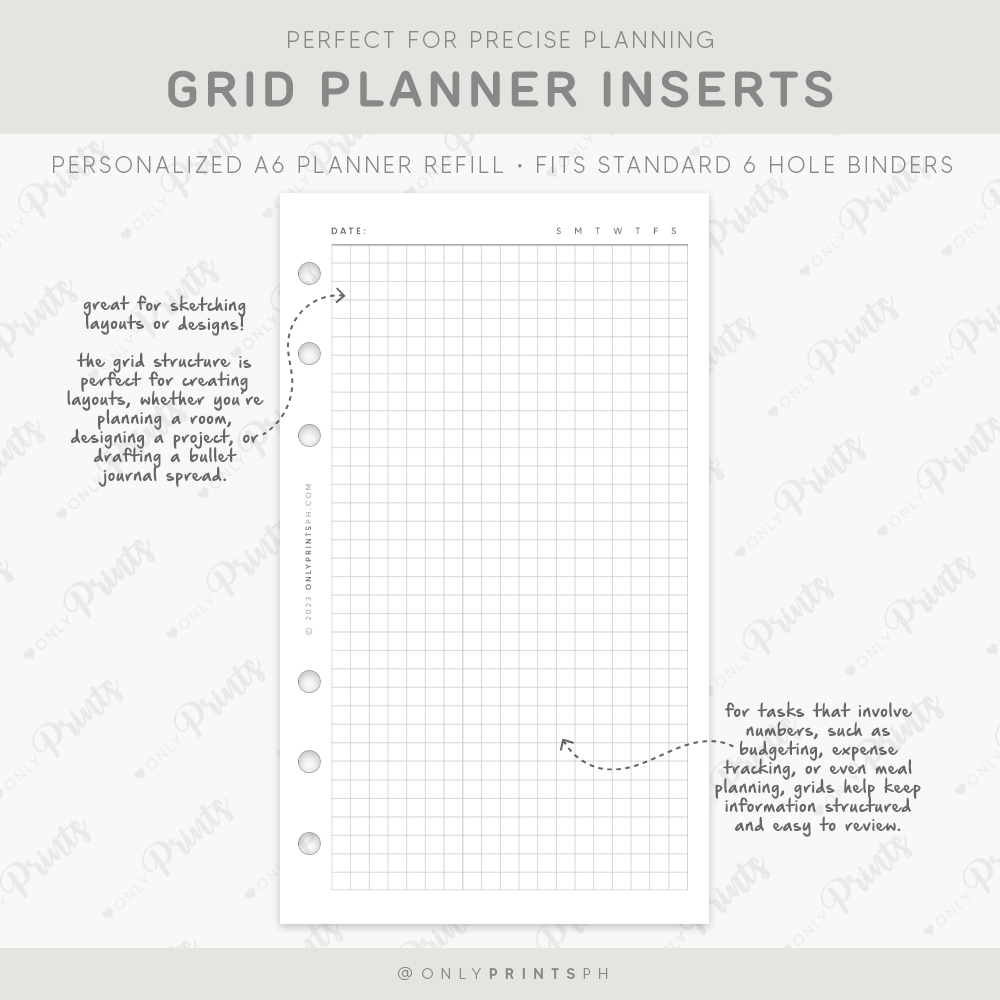
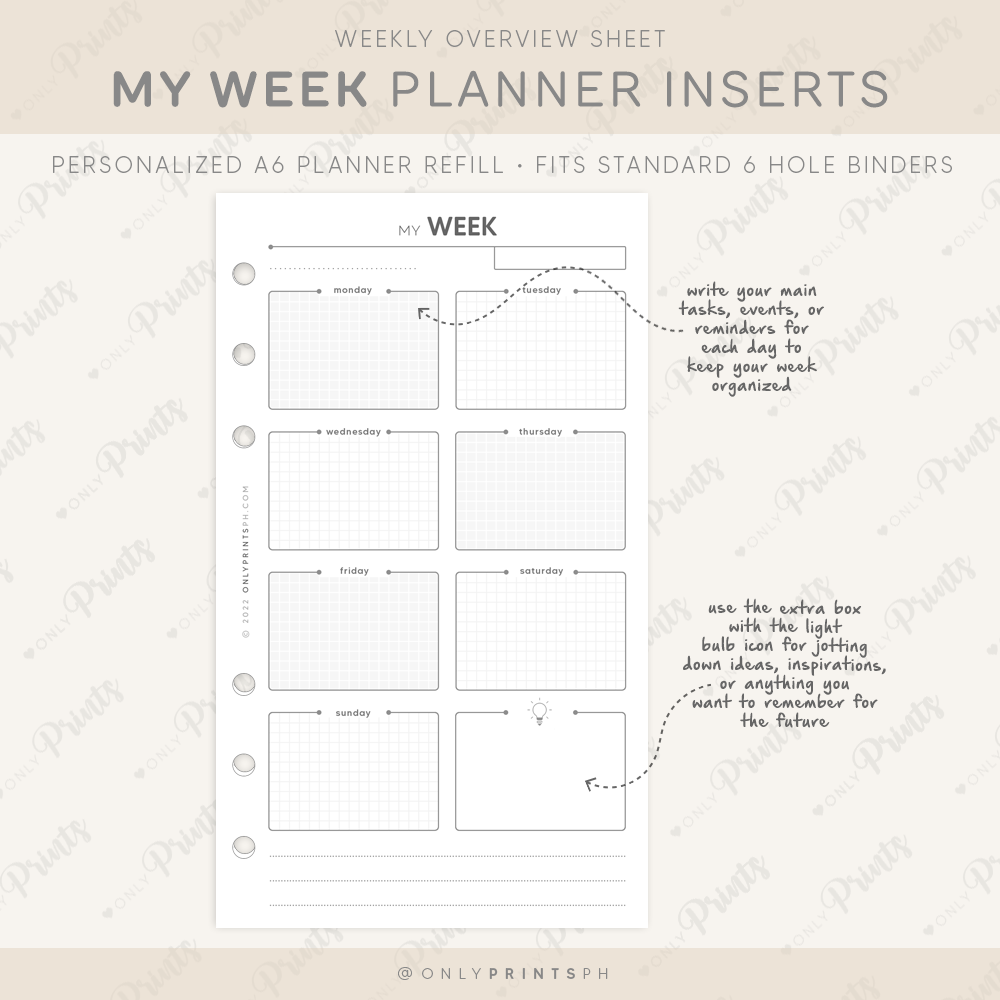

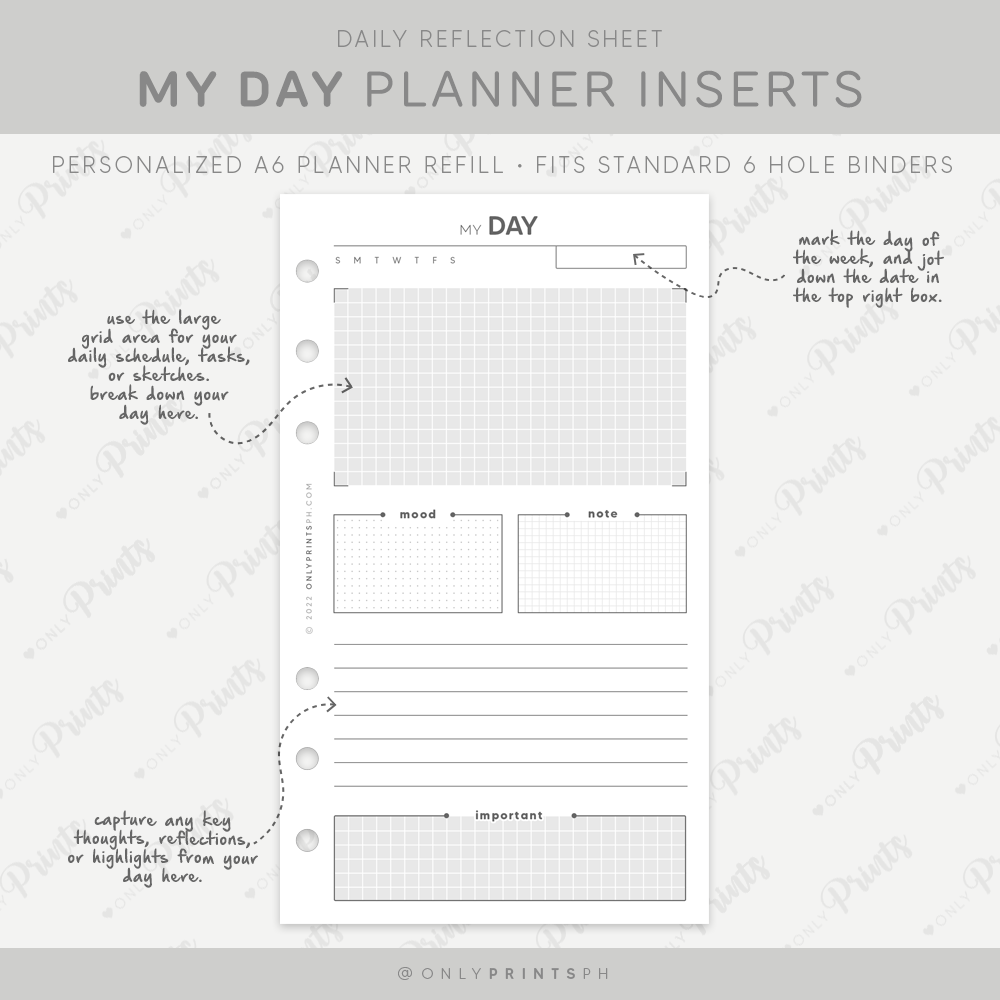



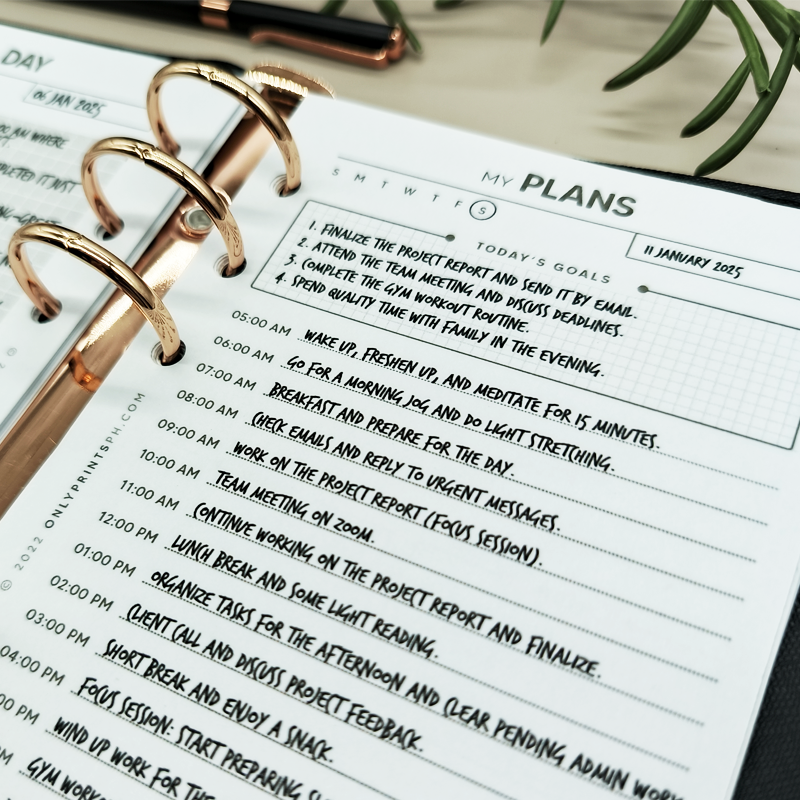

There are 321 valuable comments so far. Thank you for engaging with our content and sharing your thoughts. Your feedback is greatly appreciated!